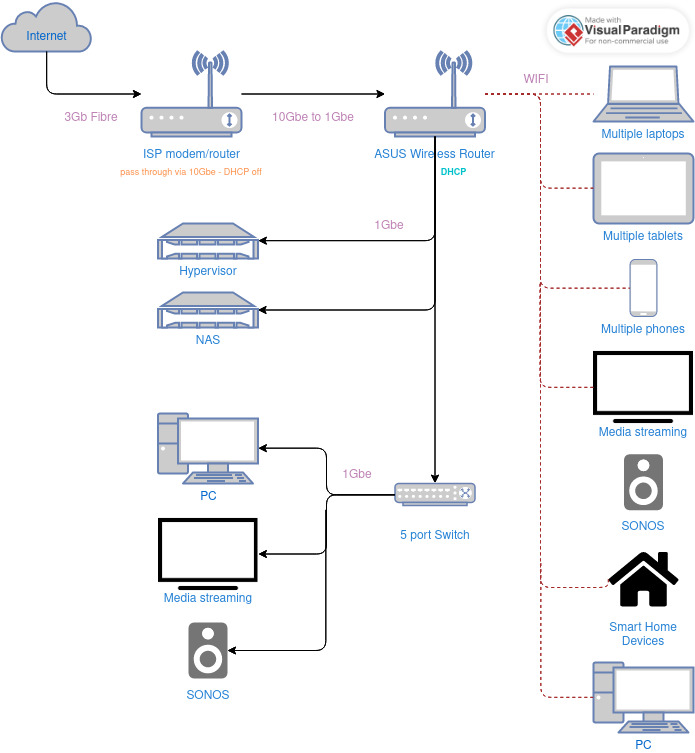The music player skin is just 🤌. Perfection.
rehydrate5503
The BO AOE cloud that follows not wearing deodorant is what’s wrong with not wearing it.
Lots of them do have aluminum, but more and more brands now have new formulations without it. Most of the mainstream ones in my area have variants. There are also more natural ones available like Dr. Squatch, but I haven’t had good luck with it (melted during summer, but was effective).
As far as ruining your clothes, do you mean staining the armpit area? I’ve only had that happen to a couple of tshirts years ago with Axe deodorant sticks.
Amen. Music is my drug. I take it frequently, and in heavy doses to get my fix. When that harmonic change hits and I get frisson along with the bass frequencies moving my body, brother, I’m in heaven. Usually goes something like 🙂🙂☺️☺️😯🫨🫨🫨🫨😄😁
I’ll echo what others have said. Try laying it off for a few weeks, then the occasional time will be more effective and special. Speaking from experience, I guarantee you that you will find clarity and discover new things that bring you happiness, if you give it a chance.
This place is greasy. “No alcohol” served, but you have to buy our girls $12 glasses of “juice” to wash down the coke.
What an immense list of changes 🤯
Congrats to the team!
But maybe don’t take apart a microwave unless you absolutely know what you are doing. Otherwise, what you find may be shocking.
Oof took me a second.
Top shelf.
And what did you achieve today? Other than disparage people for fighting for their beliefs, and for what’s right? Not every battle is a victory, but if you don’t even show up, the war is lost.
Nice! They were definitely killing it back then.
I have a 2TB WD Red from iirc 2013 or 2014 working as my downloads drive. 28,125h (3y 2m). Most of that power on time is in the last year and a half. 0 errors.
I also have a WD Black 1TB from 2009 that has been in gaming PCs, media servers, in an enclosure as an external drive and in my Unraid box. I ran out of ports on my HBA so this grandpa is sitting in a drawer right now, but the power on has to be over 5y. I’ll try to check later.
I mean, maybe they are a communist, and like the ideas and are endorsing him!
Ahh ok, that makes sense. Hah magical algorithm.
Yeah it’s about 30TB of photos/videos. I only recently got into videography which takes up a ton of space. About 25% of that is videos converted into an editing codec, but I don’t have those backed up to external drives. I also have some folders excluded that I know have duplicates. A winter project of mine will be to clear out some of the duplicates, and then cull the photos/videos I definitely don’t need. I got into a bad data hoarding habit and kept everything even after selecting the keepers.
I have an in progress folder where I dump everything, then folders by year/month for projects and keepers. I need to do better with culling as I go.
I like that idea, I will incorporate it into my strategy.
Thank you for taking the time to help me out with this, much appreciated!

C+ Endeavour/Cachy?